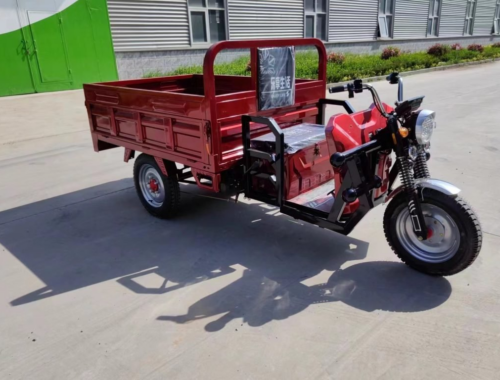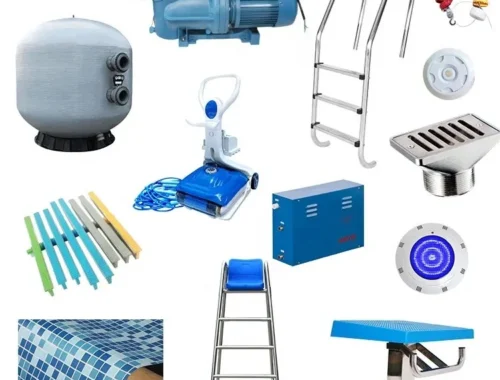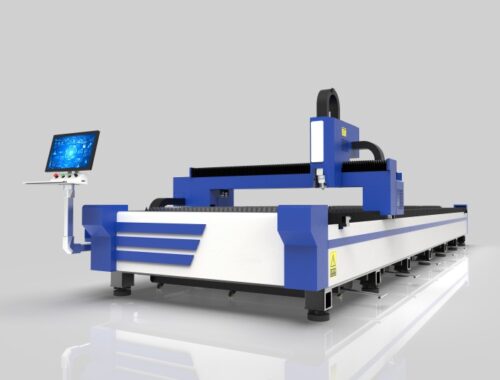5 Foam Roller Moves to Make You Stronger
>
Despite a surge in trendy recovery products, the foam roller remains the thing you keep going back to for loosening tight spots, speeding recovery, and increasing range of motion. But the foam roller is almost just as valuable as a strength-building tool, especially when used to enhance exercises that are often considered bodyweight only, like glute bridges or planks.
The foam roller’s unstable surface requires you to engage multiple muscles at once for stability, and it essentially self-corrects any errors in form or movement mechanics, says Joel Seedman, a neuromuscular physiologist and founder of Advanced Human Performance.
“If your technique is off, the foam roller will begin to roll or slide out from under you, providing immediate feedback about your body mechanics,” Seedman says. “To stay stable and locked into position, you must dial your form and technique so you aren’t wasting energy trying to stay still.” It forces you to slow the movement and eliminate momentum, placing greater stress on the targeted musculature, he says.
The roller acts as moving platform, making even the simplest exercises total butt-kickers. This routine, a combo of foam roller–specific moves and souped-up classics, will show you that this gym tool is anything but one-dimensional.
BWDmDl_lBiy
Skip the massive Pilates reformer machine and do this movement instead. “I love this exercise because it can be a part of a dynamic warm-up,” says Meagan Kong, a professional dancer and movement coach. “It rolls out the muscles in your shins while turning on your abdominal wall.” Kong carries a roller with her everywhere. “When I have breaks in rehearsal or while on set, I’ll stay warm by using it for both strengthening and lengthening.”
How to Do It
Start in a plank position with the foam roller placed right below your knees. While in plank, use your hands to press your weight away from the ground and into your back. Press into the foam roller with your shins and ankles throughout the movement to activate your abs. Continue pressing into the roller as you draw your knees toward your chest while keeping your upper body as still as possible. Once the roller reaches your ankles and your knees are under your chest, return to plank position with the same pressing force. That’s one rep. Complete three sets of 12 reps.
BZwWguehopb
“This movement will without a doubt build core strength and some upper-body strength as well,” says Jay T. Maryniak, certified personal trainer and founder of The Functional Method. “I love throwing it in at the end of a training session to really burn those areas out.” Focus on maintaining a hollow—not arched—position throughout the movement, with your abs tucked in.
How to Do It
Start in a plank position with your hands on a foam roller directly under shoulders, keeping the core tight. Slowly walk your hands outward on the roller, bringing your body as close as you can to parallel to the floor. Reverse the movement, walking hands back underneath shoulders. That’s one rep. Do as many as you can. (Even if it’s one.) To modify this move, only walk your hands out as far as you can go while maintaining good form.
BfOmfMvHjHt
This move will crush your entire backside and expose and correct lateral deviations and misalignment in the lower body. “For anyone looking to improve low-back health, eliminate knee pain, improve hip function, or enhance athletic performance and overall daily function, this move is difficult to beat,” Seedman says. Even if you already use hip thrusters and glute bridges in your workouts, adding the foam roller improves mechanics, he says.
How to Do It
Start with your upper back resting on the edge of a bench, knees bent to 90 degrees. Place one foot vertically on a foam roller, the other foot flat on the floor, hips parallel to the floor. Extend the leg that isn’t on the foam roller straight out in front of you. Bend at the hips to lower them toward the ground. Your extended leg will be a few inches from the ground. Explosively extend your hips back up toward the ceiling, pausing at the top. That’s one rep. Complete three sets of six to eight reps per leg. Focus on holding both the top and bottom positions for three seconds to maximize impact.
BcCwjnyHv5G
The first move in certified Pilates instructor Niki Carr’s sequence above will have you rethinking everything you knew about the traditional lunge—they’re not the least bit easy. “These are a great way to build strength for single leg squats, as the roller requires you to hold minimal weight on the back leg to keep it rolling smoothly,” Carr says. “It can also be a nice way of getting a great stretch for the hip flexors,” she says, so it’s good for runners who often get tight there. To build strength in the supporting leg, try not to hold much of your body weight on the back leg, Carr advises. Adding the foam roller to certain moves adds a balance and stability challenge that heightens your awareness and increases muscle engagement, she explains.
How to Do It
Start with the roller underneath the top of one foot, actively reaching the leg of that foot long out behind you. Keeping your chest and hip bones pointed forward, bend the supporting leg so your knees track over your toes, while the back leg presses into the roller as you travel closer to the ground. Actively engage the glute of the supporting leg as you straighten back up. That’s one rep. Complete ten reps on one side, then switch to the other side.
BcfaAk-BTp5
Ron “Boss” Everline, a former college football player turned personal trainer and founder of Just Train, has no shortage of creative moves up his sleeves, and that includes these core- and upper-body-strengthening forearm rolls. Like the traditional plank, you’ll engage your entire core, including your back and obliques. But the rollout forces you to engage those muscles even more to keep you from sinking in the middle and losing your positioning. It also places extra emphasis on your upper back and shoulders, which you’ll really need to stabilize to complete this move. This move is excellent for climbers looking to build additional upper-body strength.
How to Do It
Start in a narrow high plank position with palms in the middle of a foam roller. Keeping your core tight, press down and out through your palms to roll onto the forearms, stopping at your elbows. Reverse the movement, rolling through the forearms and back up to your palms. That’s one rep. Do as many as you can (which, you know, might be just one.)
You May Also Like

WHY ELECTRIC TRICYCLES FROM CHINA ARE TRANSFORMING GLOBAL TRANSPORTATION: A GUIDE TO CHOOSING THE BEST MODEL
December 31, 2024
China’s Leading Pool Supplies Manufacturer & Supplier
March 25, 2025